Zero liquid discharge (ZLD) solution is the most optimal water treatment method for the purpose of wastewater reuse. In the future, ZLD will play an important role in the restoration of water resources. Creating sustainable value for the environment. From there, it will solve some key problems in global climate change.
Nội dung
1. Which manufacturing industries should ZLD be applied to?
We can apply ZLD to all manufacturing industries, factories, industrial parks, urban areas, residential areas, resorts, etc. As long as there is a source of wastewater and there is a need to treat it to meet the standard of not discharging liquids, ZLD can be applied.
However, the application of ZLD to your factory needs to be evaluated for the cost-effectiveness of investing in the ZLD system.
Some manufacturing industries that have been and are effectively applying the ZLD system include:
- Zero liquid discharge plants reuse industrial wastewater.
- Zero liquid discharge (ZLD) in the chemical, petrochemical and oil and gas industries.
- ZLD systems for wastewater recirculation in the textile and garment industries.
- Reuse of coffee wastewater by applying ZLD.
- ZLD solutions in food and beverage plants.
- ZLD applications for breweries.
- ZLD water treatment process applied in electroplating, electroplating and electronics plants.
- Zero liquid discharge in the aluminum coating industry.
- ZLD applications for wastewater from the paper and pulp industry.
- ZLD solutions for the turpentine industry.
- Reuse of treated water for cooling towers in factories with ZLD systems.
- ZLD applications for power plants and coal-fired power plants.
- ZLD solutions for the solar energy industry.

Next, we will refer to some areas of ZLD application in the production process in the world and in Vietnam.
2. Application of Zero liquid discharge (ZLD) system in industrial wastewater treatment.
Industrial wastewater is wastewater generated from industrial processing and production processes. It is treated at factories or brought to centralized wastewater treatment areas. It requires treatment to meet discharge standards before being released back into the natural environment.
The amount of industrial wastewater in Vietnam is about 3 million cubic meters per day. With such a large volume of wastewater, the Zero Liquid Discharge (ZLD) system should be applied in the reuse of industrial wastewater. Because this is an effective method in minimizing the amount of wastewater discharged into the environment and reusing water resources.
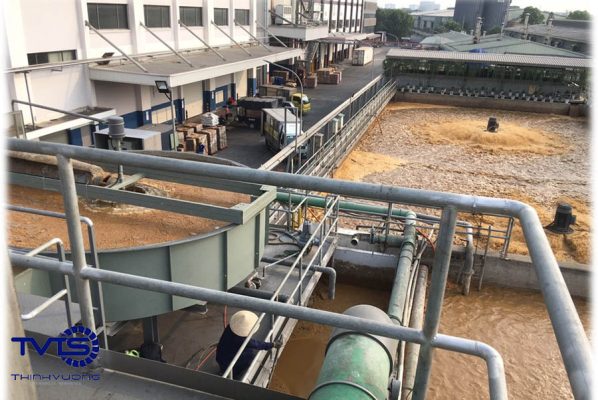
The application of ZLD in industrial wastewater treatment plants has not been highly appreciated. Especially in terms of investment efficiency. However, some industries are reaping many benefits from investing in ZLD systems for their factories. Specifically:
2.1 Chemical industry.
The amount of wastewater from chemical factories is very large. Wastewater contains chemicals, catalysts, organic substances, and many other components. The ZLD system is used to treat wastewater to meet reuse standards.
In addition, through treatment processes such as distillation, separation, extraction, and evaporation. ZLD helps to recover and reuse organic substances, salts, and minerals.
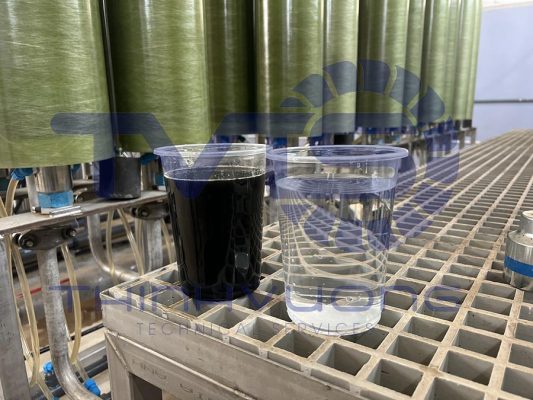
ZLD Applied Chemical Plant Example: Egyptian Ethylene and Derivatives Company (ETHYDCO) is an Egyptian joint venture company. Established for the purpose of producing Ethylene, Butadiene and their derivatives (Polyethylene, Poly-Butadiene).
The company started construction of a 460,000 T/Y ethylene plant and a 20,000 T/Y butadiene extraction plant. The two plants are considered as part of the ETHYDCO petrochemical complex in Alexandria. ETHYDCO has proactively commissioned a Zero Liquid Discharge plant. In order to optimize the sustainable mixture of treated wastewater and water from the Nile canal.
2.2 Power industry.
The power plant will use a lot of water to cool the system. This process creates wastewater containing chemicals and other pollutants from the power generation process.
The ZLD system will help reuse water and remove pollutants. At the same time, it will create additives such as salt from the distillation process.
2.3 ZLD solution for the oil and gas industry.
Oil and gas plants produce wastewater containing oils, salts, heavy metals and other pollutants. The ZLD system can be used to separate water and pollutants from oil and gas, and recover and reuse the water. This helps to minimize negative impacts on the natural environment.
2.4 Pulp and paper industry.
Pulp and paper production produces large amounts of wastewater containing organic matter, lignin, chemicals and other pollutants. The ZLD system can help remove pollutants and reuse water during the production process, minimizing the amount of wastewater discharged into the environment.
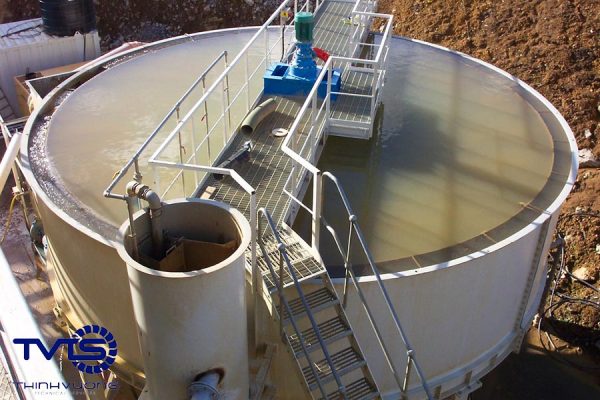
2.5 ZLD Solution for the Textile Industry.
The use of ZLD systems in the textile industry has many benefits and efficiency from an economic and environmental perspective, including:
Water resources savings:
The textile industry consumes large amounts of water during production and processing. By applying the ZLD system, wastewater is recovered, treated and reused in the production process, reducing the impact on clean water resources and reducing the load on public drainage systems.
Reuse of additives:
The ZLD treatment process allows the reuse of additives from wastewater, such as salts and organic substances. This reduces the cost of purchasing new additives and creates economic benefits in the textile production process.
Compliance with environmental regulations:
The ZLD system helps textile factories comply with strict environmental regulations on wastewater treatment. Reducing the amount of wastewater discharged into the environment and eliminating or minimizing pollutants in wastewater helps the textile industry meet environmental standards and maintain sustainability.
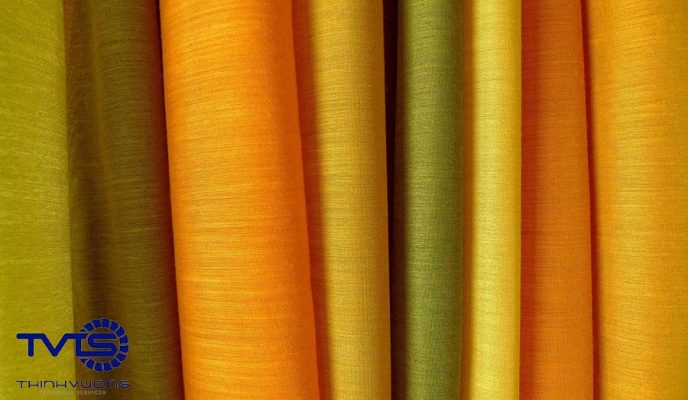
However, the implementation of the ZLD system requires capital investment and complex technology. In addition, the operation and maintenance of the system also requires specialized knowledge and techniques.
The implementation of ZLD in the textile industry is not yet popular in countries around the world. A more effective solution is to reuse a part of the textile wastewater, and the rest is treated to meet current discharge standards.
3. Application of the Zero liquid discharge (ZLD) system in domestic wastewater treatment.
The Zero Liquid Discharge (ZLD) system is often applied mainly in the treatment of industrial wastewater. However, in some special cases, ZLD can also be used to treat domestic wastewater. Below are some potential applications of the ZLD system in domestic wastewater treatment:
3.1 ZLD solution for narrow residential areas and fields.
In some small residential areas or remote rural areas, it may be difficult to promote the construction of public sewer systems due to infrastructure constraints. In this case, the ZLD system can be used to treat domestic wastewater and reuse the water within the residential area or on the field.
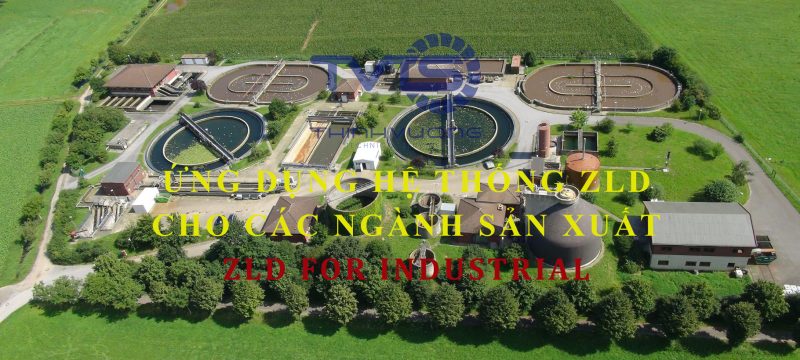
3.2 Should remote resorts and tourist areas apply ZLD solution?
In remote or isolated tourist areas, the treatment and consumption of domestic wastewater can become difficult. ZLD system can be applied to treat and reuse wastewater in resorts or tourist areas. Helps reduce dependence on irrigation water sources and reduce the impact on the surrounding water environment.
3.3 Livestock farms and livestock farms.
In livestock farms and livestock farms. Domestic wastewater and wastewater from animal production will pollute water sources. ZLD system is used to treat and reuse wastewater. Helps minimize negative impacts on water sources and protect the environment.
However, the implementation of ZLD system requires investment and complex technology. The treatment and operation process must comply with hygiene and environmental regulations. A thorough assessment of technical and financial capabilities is necessary before implementing the ZLD system in domestic wastewater treatment.



